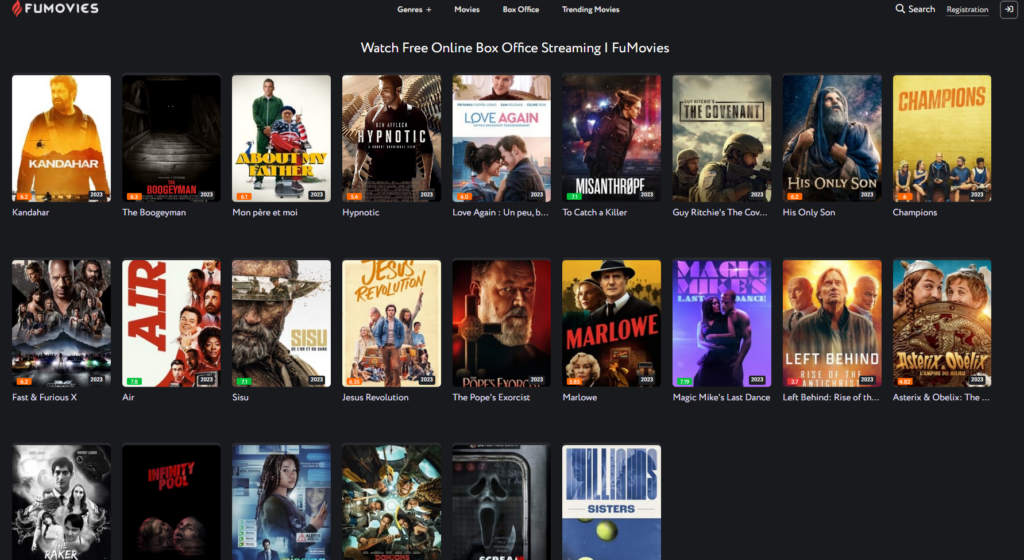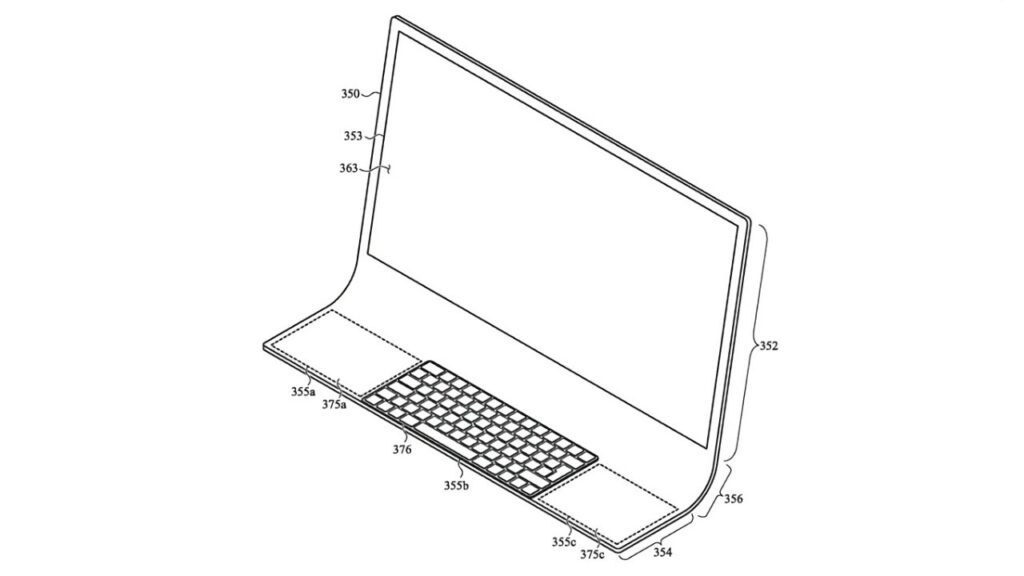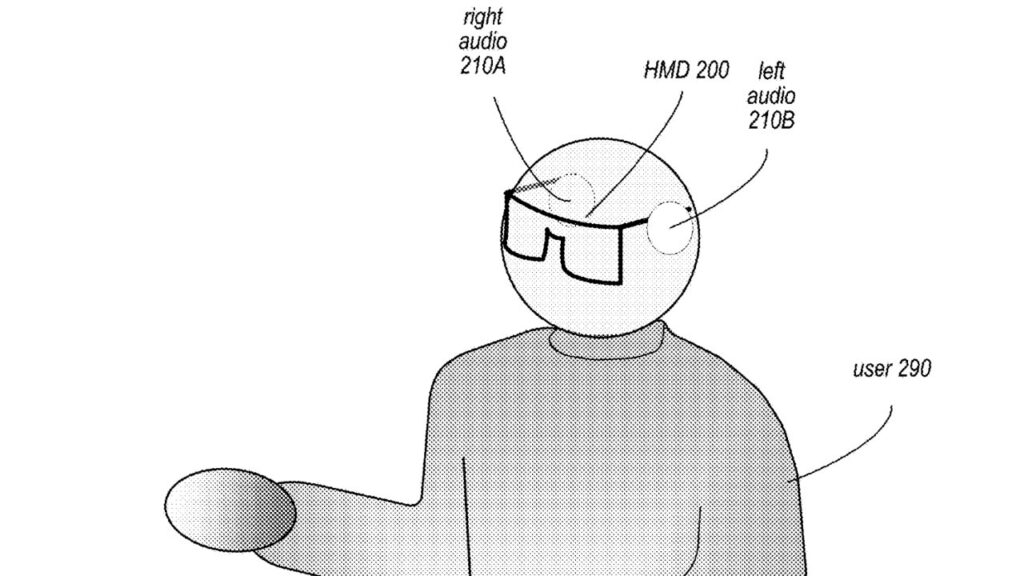
FuMovies.net | Watch HD Movies Streaming Online and Free
In the earlier days, movie distribution was limited to theatrical releases. Films would premiere in theaters and be shown exclusively on the big screen for a few weeks or months before they were eventually pulled from circulation. This model continued to thrive well into the 20th century, with notable changes arriving in the late 1970s and early 1980s.
The rise of multiplexes during the 1980s and 1990s allowed for more screens to show movies simultaneously. Additionally, the advent of home video systems like VHS tapes and DVDs soon followed, which blurred the line between theatrical distribution and home entertainment. Consumers could watch movies from the comfort of their own homes, without having to venture out to a theater.
DVD rentals became increasingly popular throughout the 1990s and 2000s, with companies like Blockbuster Video leading the charge. For a while, it seemed as though physical movie rental stores would remain the primary source of home entertainment for the foreseeable future. However, the emergence of streaming services would soon disrupt this model entirely.
Streaming services like Netflix and Hulu began to offer a vast selection of movies and TV shows at a fraction of the cost of a traditional cable subscription. Streaming services are available via any internet-connected device and offer viewers the opportunity to watch movies online hd free and shows at their convenience. This model has proven so popular that even established movie studios like Disney have begun to launch their own streaming services.
The COVID-19 pandemic has further accelerated the shift towards streaming, with movie theaters forced to close their doors for extended periods. Many production companies chose to release their movies directly on streaming services rather than delaying their releases or waiting for theaters to reopen. It remains to be seen what impact this will have on the future of movie distribution, but it’s clear that streaming has become a significant force in the industry.
One of the advantages of traditional movie distribution is the shared experience of watching a film in a theater with an audience. The big screen, booming sound, and immersive environment can create a sense of excitement and anticipation that can’t be replicated at home. Additionally, theatrical releases often carry more prestige and offer a chance for films to be seen by larger audiences.
However, traditional movie distribution also has its disadvantages. Going to a theater can be expensive, and the selection of films may be limited depending on your location. Additionally, once a film leaves theaters, viewers may have to wait months before they can see it via DVD or streaming.
Streaming offers a more versatile and cost-effective approach to movie distribution. Viewers can watch their favorite films and shows from any device at any time, without having to leave their homes. Additionally, most streaming services offer extensive libraries of content, giving viewers access to a wide variety of options.
That being said, streaming also has its drawbacks. Internet connectivity issues can cause buffering and other disruptions, which can ruin the viewing experience. Additionally, the sheer number of streaming services available can make it challenging to find specific films, as they’re often spread out across various platforms.
If you’re trying to decide between traditional and streaming movie distribution, here are a few tips to keep in mind. Consider your budget and how much you’re willing to spend on entertainment each month. Additionally, think about the types of films you enjoy and whether they’re readily available via streaming or if they’re more likely to be shown in theaters.
Another factor to consider is the quality of your home theater setup. If you have a high-quality sound system and a large display screen, you may be able to replicate the theater experience at home. However, if you’re relying on a smaller TV and basic speakers, you may find that the viewing experience is lacking compared to what you’d get in a theater.
Here are some frequently asked questions about movie distribution to help you make an informed decision:
FAQ:
Q: How much does it cost to go to the movies?
A: The cost of a movie ticket varies depending on where you live and what time of day you go. On average, though, a movie ticket costs around $10.
Q: Are all movies available on streaming services like Netflix?
A: No, not all movies are available on streaming services like Netflix. The availability of movies on streaming platforms can vary depending on licensing agreements and other factors. However, most streaming services have a vast library of content that includes a wide variety of films.
Q: Will movie theaters continue to exist in the future?
A: It’s tough to say for sure, but it’s likely that movie theaters will continue to exist in some form or another. While the rise of streaming has certainly disrupted the industry, there are still many people who enjoy going to the fmovies streaming and experiencing films on the big screen.
Q: How can I watch new releases if they’re not available on streaming services?
A: If a new release is not available on a streaming service, your best bet is to check if it’s playing in a theater near you. Alternatively, you may have to wait until the film is released on DVD or rental services like Amazon Prime Video.
The evolution of movie distribution from traditional theatrical releases to streaming services has been a fascinating and transformative journey. While there are pros and cons to both models, the rise of streaming has fundamentally changed how we consume movies and TV shows. Ultimately, the choice between traditional and streaming movie distribution will depend on your personal preferences and needs. By considering factors like cost, availability, and quality, you can make an informed decision that best suits your viewing habits.





